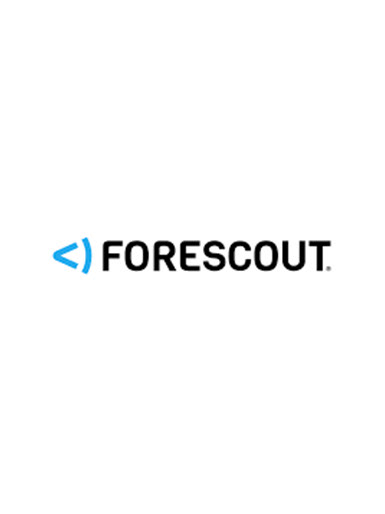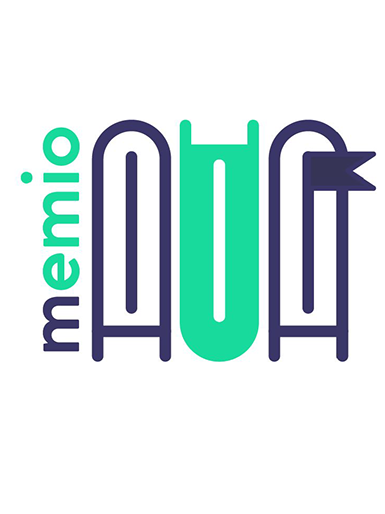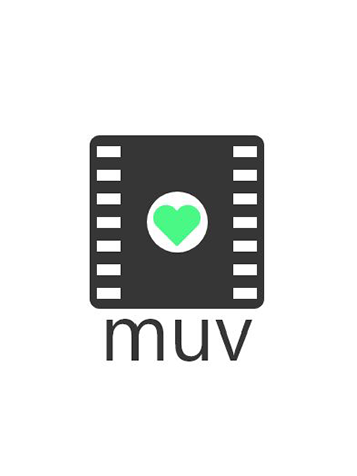User Profile for DogJog App
I was asked to design the user profile screens for DogJog App.
After a round of requirements gathering with my clients, I understood that it was fundamental for them to have an interface that would:
- be consistent with the overall look and feel of DogJog (consistency through colors, fonts, icons);
- communicate energy and happiness;
- show different important sections of the profile (reviews, photo gallery and reservation section);
- clearly state services/prices.
- be consistent with the overall look and feel of DogJog (consistency through colors, fonts, icons);
- communicate energy and happiness;
- show different important sections of the profile (reviews, photo gallery and reservation section);
- clearly state services/prices.
Presentation of Findings
After gathering feedback from 20+ dog owners, I came back to my clients and debrief the findings of my on-field investigation. I presented to them the data into a clear, visual format so they could immediately perceive the areas and features that gathered most value for the target users.
I also created two different personas to clearly manifest the different goals and values I recognised as recurrent between the participants of the interviews.
That gave the start to a productive discussion around what they expected to include and what the users expected to find. I guided a lighting decision jam session to help them understand where to put the effort of their developers, highlighting the area that were carrying more value both from their and customers' side.
(One of the Personas created for DogJog)
(Extract of data presented to my customers)
(Some freehand sketches of screens for ogJogfD)
After a first draft got accepted by my clients, I started to collect feedback from developers to understand their boundaries, the feasibility of the design and, most importantly, if they were using a specific library. That way I could avoid starting designing for components that they were not allowed to use, or did not have time to implement.
Low fidelity wireframes followed the rough sketch phase, through which I was able to communicate more clearly the flow of the users (aided by flowcharts). Iterations after iteration we started to build an organic user experience and to refine it into a high fidelity set of wireframes and, ultimately, into a working prototype to be tested with real users.
(Part of the user flow with screens for DogJog)
(Mockup preview)
Testing Phase
During my first round of non-structured, casual interviews in dog parks I collected the contacts of the owners willing to participate in later usability testing. In the end, 10+ users participated to the usability testing.
The participants were initially asked to freely interact with the app, so I could check the flow they expected to follow and which pain points the design had. After that, I asked them to perform some relevant tasks such as:
- trying to find a pet sitter in the area
- understand the prices and rates for each service offered
- trying to book the pet sitter for a given date
- understand the prices and rates for each service offered
- trying to book the pet sitter for a given date
(Prototype Preview)



